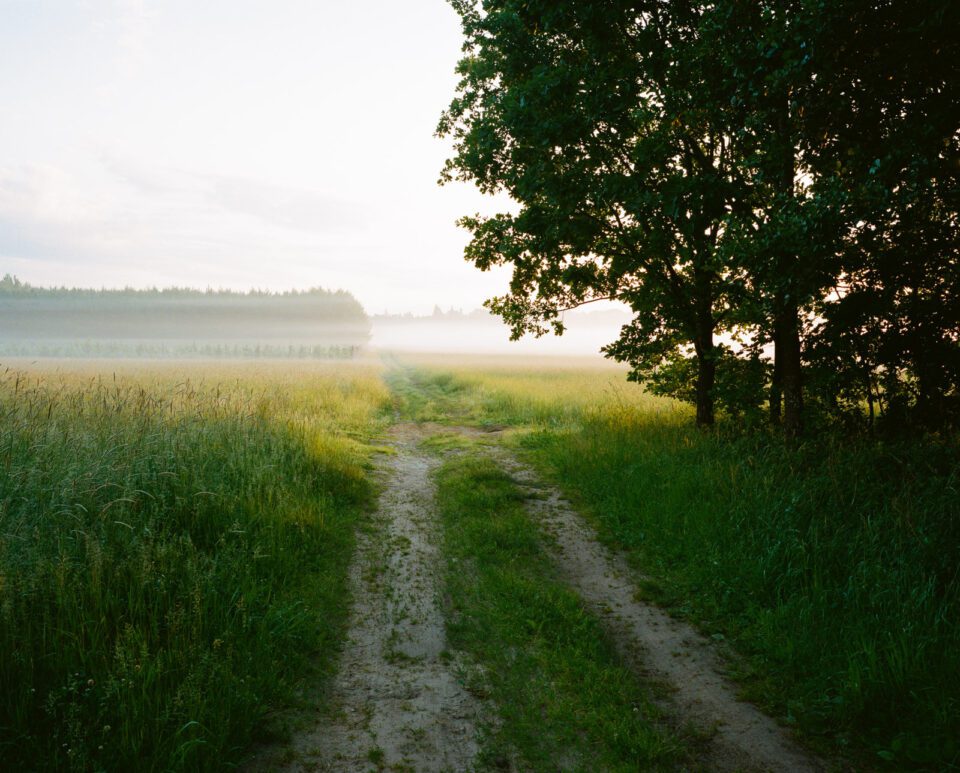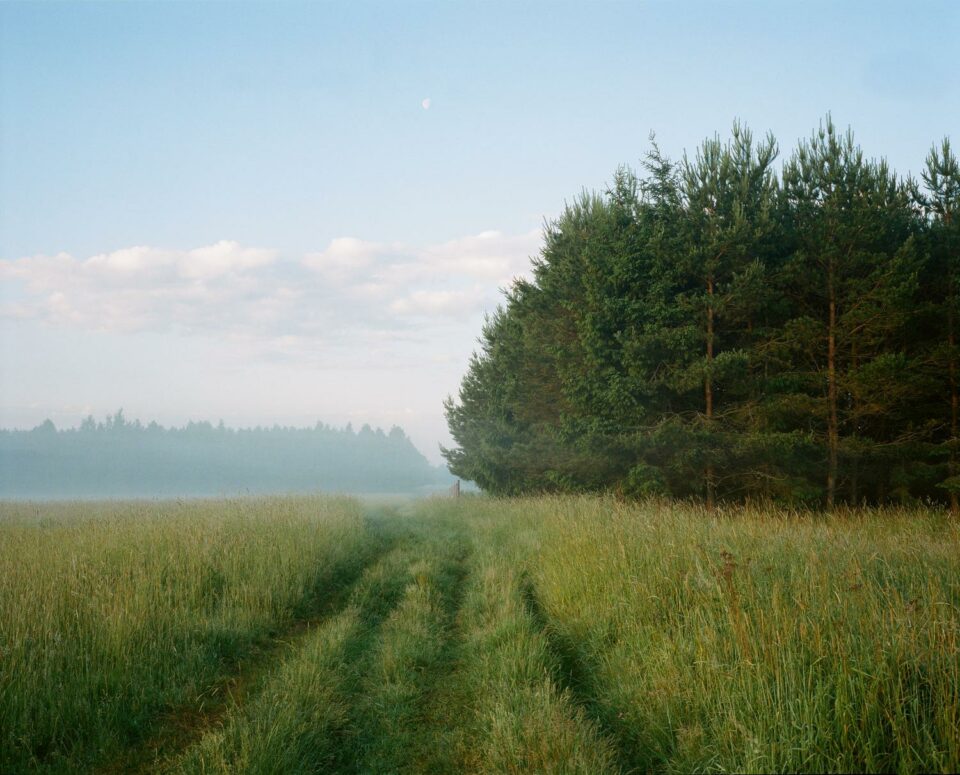Unchanged Landscape
Białowieża Forest, on the border of Poland and Belarus, is the largest surviving remnant of a vast area of primeval woodland that once stretched across Europe. The landscape has remained unchanged for millennia, surviving partly as a hunting ground for Russian Tsars and Polish Kings. It is home to more than 5,500 plant species and 11,564 animal species, including the largest population of free-ranging European bison. For photographer Nicolas Blandin, entering the forest is “like taking a trip back in time…while letting the senses take over. The smell of grass, leaves, wood, and bark slowly returning to the earth while sustaining thousands of creatures in the perpetual cycle of life.”
But the journey documented in Blandin’s new photobook Puszczka (a Polish term simply meaning “old forest”) is not one of simple escapism. Białowieża Forest was designated a UNESCO World Heritage site in 1979 and is protected by EU directives. Nonetheless, the Polish government’s ruling Law and Justice party launched a controversial logging operation in the area during 2016-2018. As such, this new book from Another Place Press tracks a timely passage through a wilderness under threat from twin forces: financial exploitation and resurgent populism.

Early images transport us to the Białowieża meadow at dawn, a deep bay of grass where wild bison like to graze, flanked by clusters of trees and wisps of cloud lifting in the early morning light. Only one sixth of the Polish side of the forest is designated as a national park, and is therefore protected from all logging. Snaps of the woodland interior draw the eye into a lush vortex of ferns and bark, fungus and flowers, as if we were wandering through a painting by Russian artist Ivan Shishkin (1832-1898). Elsewhere, in areas where deforestation has been sanctioned, young spruce plantations managed by the Polish government spring up amidst seas of stumps. This fresh planting will itself be exploited for commercial ends down the line.
The polemical subtext of Blandin’s images is impossible to ignore. But the portrait shots interspersed throughout offer a window on the mixed perspectives of locals. In amongst the acolytes of conservation (including one literal “tree hugger”) we find Jakub Lemiesz, a 17-year-old student at Białowieża’s School of Forestry, and Włodek Abramowicz, 76, a forest resident for 53 years. “We just want to use the timber from the dead trees,” he states in one of Blandin’s endnotes: “we have to import timber from 60-100 kilometres away from the region…it’s madness! Now it is impossible to find timber from Białowieża because of the European Union, which prohibits everything.”

This is a snapshot, perhaps, of the strong grassroots support which the Law and Justice party enjoys amongst rural communities. But on-the-ground messaging seems to be controlled by protestors against government policy. On one page, each cross-section of a stack of felled logs is spray-painted with the age of the tree lost: 150 years! 120 years! 110 years! (EU policy, which the Polish government has consciously contravened, prohibits the logging of timber over 100 years old.) On the wall of an “agritourism guesthouse” hangs a sign reading “Warning! The Forest grows slowly but disappears quickly!”
Other structures, like old WWI German rail-lines, and a creaking wooden manor house erected in 1845 for the Governor of Grodno – now a nature education centre – remind us of the social and cultural stories entwined beneath the canopy. But it is the allure of the forest itself which sticks in the mind after encountering Blandin’s photographs—a place of immense sensory and natural richness that, according to 93-year-old native Olga Szpakowicz, “was here long before me, and will still be here after I’m gone.” This book kindles the hope that ancient environments such as Białowieża will indeed survive us.
Nicolas Blandin, Puszczka, is published by Another Place Press. Find out more here.
Words: Greg Thomas
All images © Nicolas Blandin. nicolasblandin.com
The post Unchanged Landscape appeared first on Aesthetica Magazine.
from Art Life Culture https://ift.tt/3g1Ff4E
via IFTTT







Comments
Post a Comment